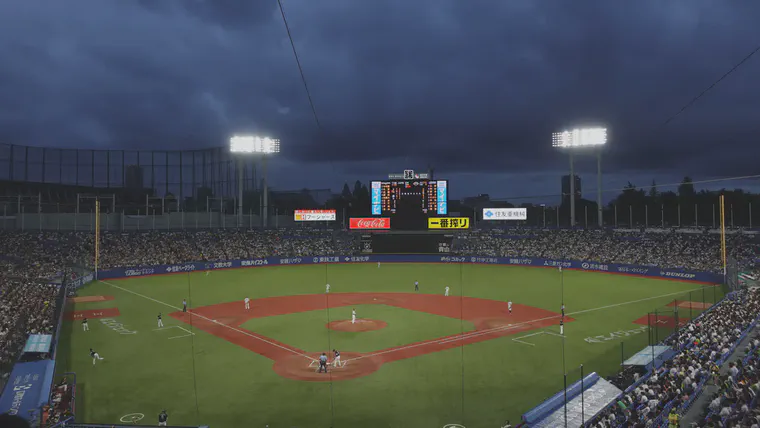Shade effect of clouds
I was in Tokyo on June 14. When I looked out the hotel window just after sunrise, it was cloudy. When I walked to a harborside restaurant for a working lunch, it was noticeably cloudy. “I wonder what the DLI will be today?” I wondered. And when I went to the inter-league game between the Swallows and Hawks at Meiji Jingu Stadium that evening, it was still cloudy.

June 14 is one of the longest days in the year in the northern hemisphere. At Tokyo’s latitude, the DLI on a perfectly clear day would be 63.7 mol/m2.1
That’s the maximum possible. So what was the DLI, actually, on June 14 in Tokyo? I didn’t experience any precipitation, but there was 3.5 mm (0.14 inches) of precipitation that fell at the JMA’s Tokyo station between 9 and 10 am. There were 0 hours of sunshine on June 14.2 The DLI in Tokyo was 16.6 out of a possibly 63.7. That amount of clouds produced about 74% shade. The photosynthetically active radiation that plants in Tokyo saw that day was about 26% what it could have been.
You can get the full sun PPFD and DLI for any location with my PPFD by Time app. It’s a bit confusing to figure out the longitude at the center of the time zone. But if you simply put the latitude and the day, the app will return the full sun (maximum) DLI, regardless of any longitude inputs. Also, see the Global DLI app for an entire year of DLI data at any location. ↩︎
Six out of the first nineteen days of June 2023 had 0 hours of sunshine in Tokyo. ↩︎